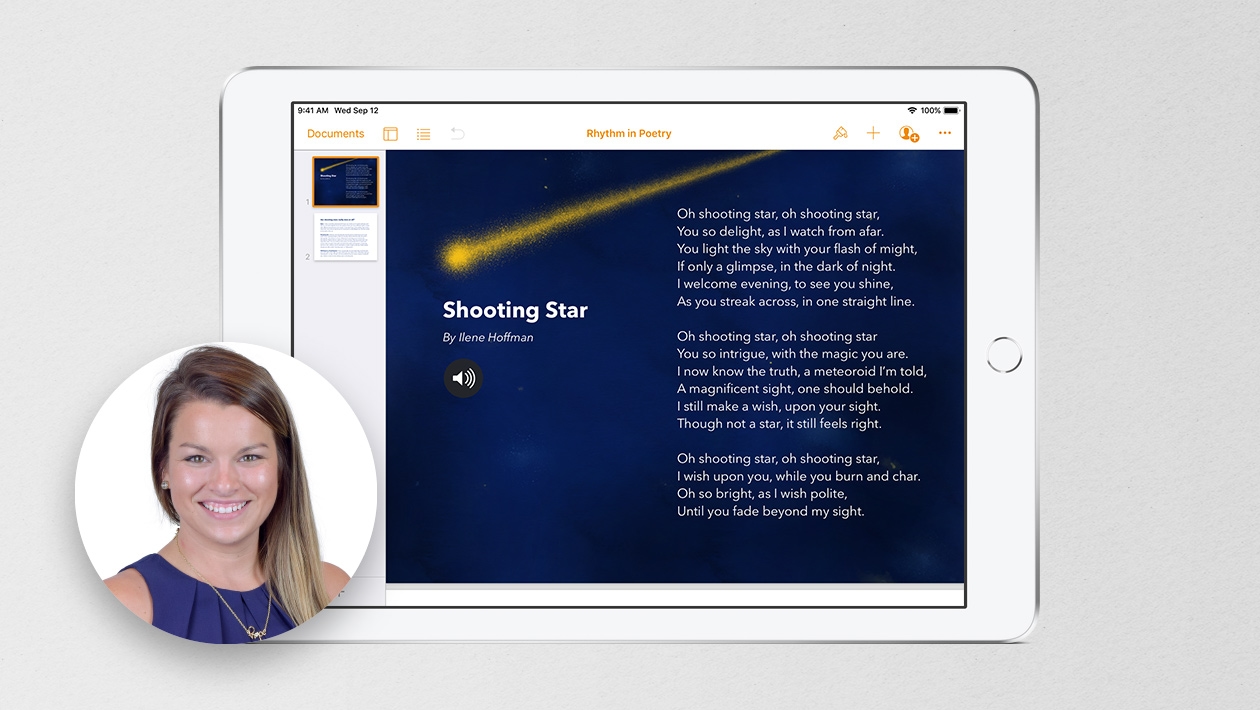It's April 12th, 1961 and a ten year old called Sylvia is sitting watching Yuri Gagarin become the first man in space. In my first teaching job Sylvia was the school secretary and became a great friend, travelling the breadth of the UK to attend my wedding. The chats and jokes we used to have about being born pre-moon or post-moon landing were a fixture in our staffroom banter. The younger staff would always pitch themselves against the older members of staff and date them in line with the space race.
Flip forwards 20 years and Sylvia and myself end up discussing the 57th anniversary of the launch into space of Yuri at the same time as ADE Martin Coutts launched a #magicmovechallenge all about the event on Twitter.
It led to a great conversation over the breakfast table with my son (who was six at the time) about astronauts and the space race and the magical moments of recent history.
Over the next few days we ended up researching all sorts of famous astronauts, learning all about the planets and discovering the different ways to travel through space. Eventually we began to look for rhyming words using the astronaut names, just for fun, and this led to the following poem:
The Homophone Rocket
I have a cardboard rocket
and I fly it into space
It’s full of gifts from astronauts
That put a smile upon my face.
I’ve got:
A pen from John Glen.
A welly from Scott Kelly.
A shovel from Jim Lovell.
And a leopard from Alan Shepard.
I got a song from Neil Armstrong.
A cauldron from Buzz Aldrin.
A pavlova from Valentina Tereshkova.
And a bear from Ronald McNair.
Yuri Gagarin sent a jar in full up with strawberry jelly
And Sally Ride sent to me a 49 inch plasma telly.
I have a cardboard rocket,
but thanks to Tim Peake,
It has a great big hole in
Because he sent me a leek!
The question we always ask at Anson Primary School, is how do we share our work? How do we make it for more than the class teacher and the children in the class? At home this is no different. If the boys do something and want to share it with an author, artist, scientist or musician that’s what we try and do. So we decided to turn the poem into a film.
The features in Keynote meant that we could draw each of these items in the poem and bring the whole poem to life as a movie. Despite Martin’s Twitter challenge, we didn't use a magic move. Instead we created rotating discs of drawings in Keynote.
To do this we grouped together our images inside circles and set the opacity of the circles to 0% so they could not be seen. Then we animated each circle to rotate. This allowed the images to appear as if they were flying around the Earth.
Next we added in our own composition from the Planetarium loops on GarageBand. This allowed us to create a space-like theme and add in the poem too.
The whole Keynote deck was then exported as a movie and after an edit in Final Cut to trim the clips and add in the soundtrack we uploaded it to YouTube.
Yuri Gagarin was the first man in space. Tim Peake was the first man in space from the UK during the lifetime of my son. My son might be one of our future astronauts thanks to inspiration of Sylvia, Martin and the features of Keynote.
By combining the power of language with researching the rich history of space travel, mixing this with music from GarageBand and animations in Keynote, we created a fun and engaging way to look at space. How could you combine music, film, language and history in your classroom?












August 29, 2022 . English
English
Simon, what a wonderful project! This is a great way to use multiple apps across the curriculum.
This action is unavailable while under moderation.
This action is unavailable while under moderation.